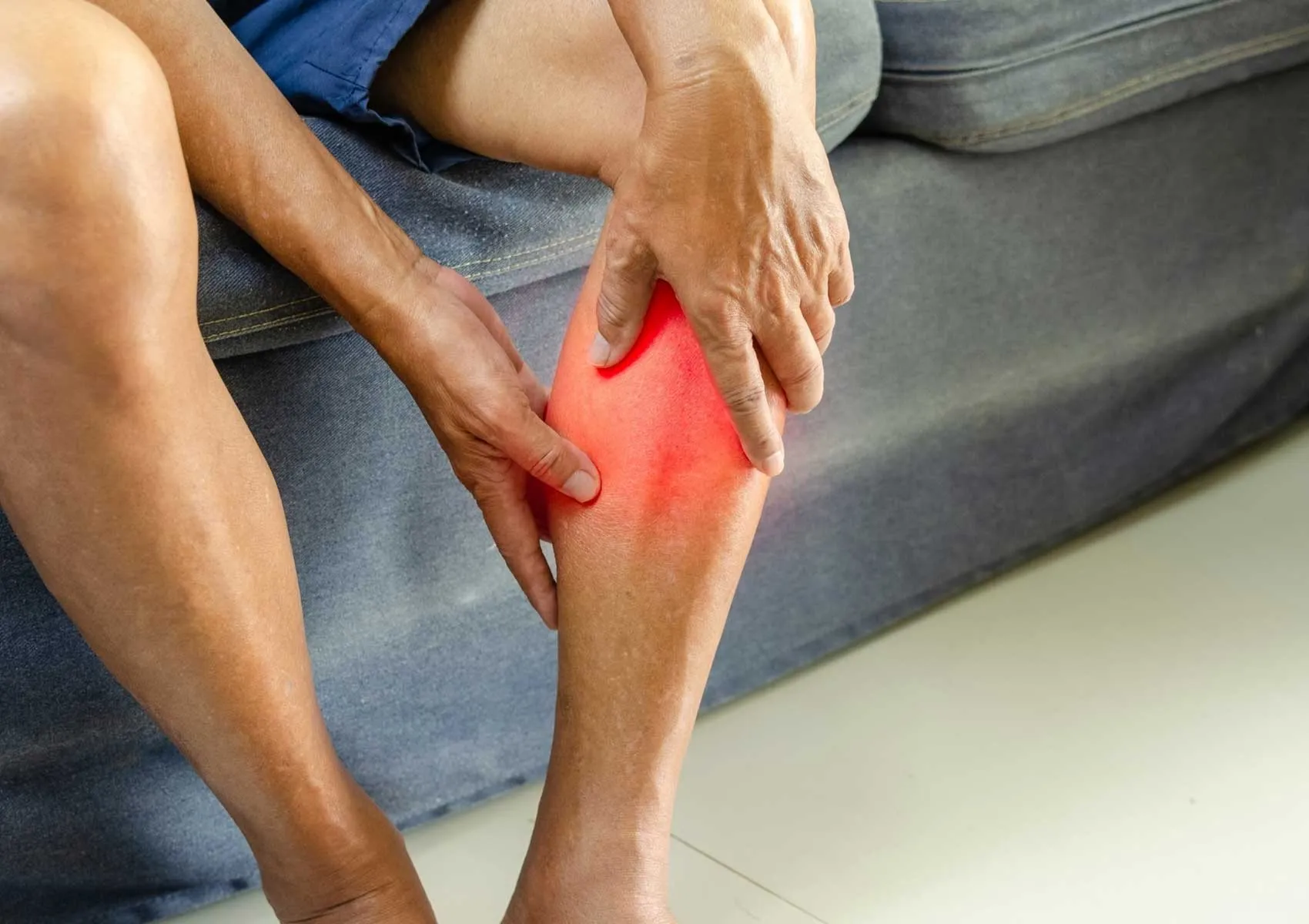Is Excessive Post-Workout Pain Normal?
Sign of Progress or Warning of Injury?
Mild muscle soreness after a workout is generally expected and even welcomed by many as a sign of effective training. But what if the pain becomes intense, lingers for days, limits your mobility, or interferes with your daily life? Is that still normal, or is your body signaling a problem?
In this article, we’ll explain how to distinguish between normal (physiological) muscle soreness and abnormal (pathological) pain, identify the causes of excessive post-exercise discomfort, and highlight when it’s time to rest—or seek medical attention.
What Is Post-Exercise Muscle Soreness?
Mild muscle discomfort that begins 12 to 48 hours after exercise is known as Delayed Onset Muscle Soreness (DOMS). It is a natural response to physical exertion, particularly when the muscles are exposed to new or more intense activity than usual.
Typical features of DOMS include:
- Pain that starts hours after exercise (not during)
- Gradual onset, peaking within 24–72 hours
- Mild stiffness and tenderness in the affected muscles
- Pain that decreases with gentle movement or stretching
- Full recovery within a few days
In contrast, severe or prolonged pain, particularly when accompanied by swelling, bruising, or limited function, may indicate something more serious than regular muscle adaptation.
When Does Post-Workout Pain Become a Problem?
Certain warning signs suggest that your pain may not be just DOMS but could instead point to a strain, tear, or other musculoskeletal injury. These include:
- Pain lasting more than 4–5 days
- Sharp, stabbing, or worsening pain with movement
- Pain that persists even at rest or during sleep
- Visible swelling, redness, or heat in the area
- Marked loss of strength or range of motion
- Repeated pain in the same area after each workout
These symptoms may indicate muscle fiber damage, tendon overuse, bursitis, or even nerve compression. Overtraining, especially in beginners, can significantly increase the risk of these problems.
Common Causes of Excessive Muscle Pain After Exercise
Excessive pain following a workout is often linked to a mismatch between workload and recovery. Key contributors include:
1. Sudden Increase in Intensity or Volume:
Jumping from a sedentary lifestyle to intense training can overwhelm the muscles.
2. Skipping Warm-Up and Cool-Down:
Cold muscles are more prone to strain and microtears when forced into abrupt movement.
3. Overtraining Without Recovery:
Muscles need time to repair and rebuild. Working out without adequate rest prolongs inflammation and delays healing.
4. Electrolyte Imbalance and Dehydration:
Loss of minerals like potassium, magnesium, and sodium through sweat can lead to cramps and increased soreness.
5. Improper Form or Technique:
Poor biomechanics place uneven stress on joints and muscles, leading to microtrauma.
What to Do When Pain Feels Too Much
If you experience excessive soreness after exercise, the first step is to rest and avoid further stress on the affected area. In mild cases, the following strategies may offer relief:
- Apply cold packs in the first 24–48 hours to reduce inflammation
- Try a warm shower or light stretching to promote circulation
- Stay hydrated and eat foods rich in electrolytes (e.g., bananas, leafy greens)
- Use a foam roller or light massage to relieve tension
- Take anti-inflammatory medications only if recommended by a healthcare provider
If symptoms persist beyond 72 hours or worsen over time, it’s best to consult a sports medicine or orthopedic specialist.
How to Prevent Excessive Muscle Pain
To avoid unnecessary soreness and reduce injury risk, follow these guidelines:
- Always warm up before and cool down after each workout
- Increase intensity or volume gradually
- Give your muscles at least 1–2 rest days per week
- Listen to your body—pain is not always a sign of growth
- Use proper footwear, equipment, and surface for your activity
- Ensure a balanced workout routine to avoid overloading the same muscle groups
FAQ
-
How long should post-workout soreness last?
DOMS typically resolves within 48–72 hours. Pain lasting more than 4–5 days may suggest injury.
-
Is all muscle pain a sign of progress?
Not necessarily. Mild soreness may indicate growth, but intense or limiting pain can signal overuse or injury.
-
How can I reduce soreness after exercise?
Use ice, stay hydrated, eat well, stretch, and get enough rest between workouts.
-
Should I continue training through the pain?
No. If pain limits your movement or worsens with exercise, rest is essential to avoid further damage.
-
When should I see a doctor?
If you notice swelling, bruising, sharp pain, persistent weakness, or loss of function, seek medical evaluation.

